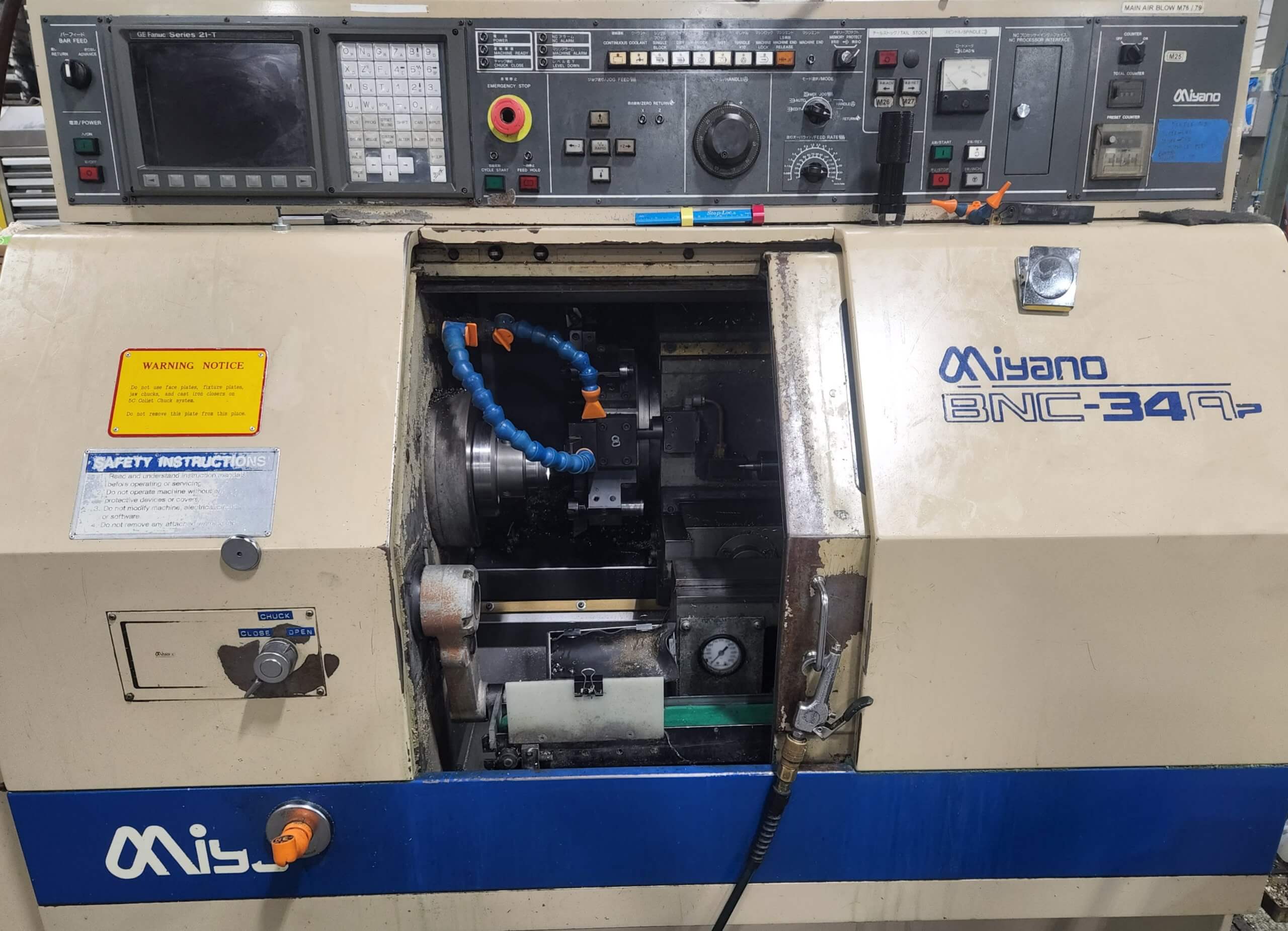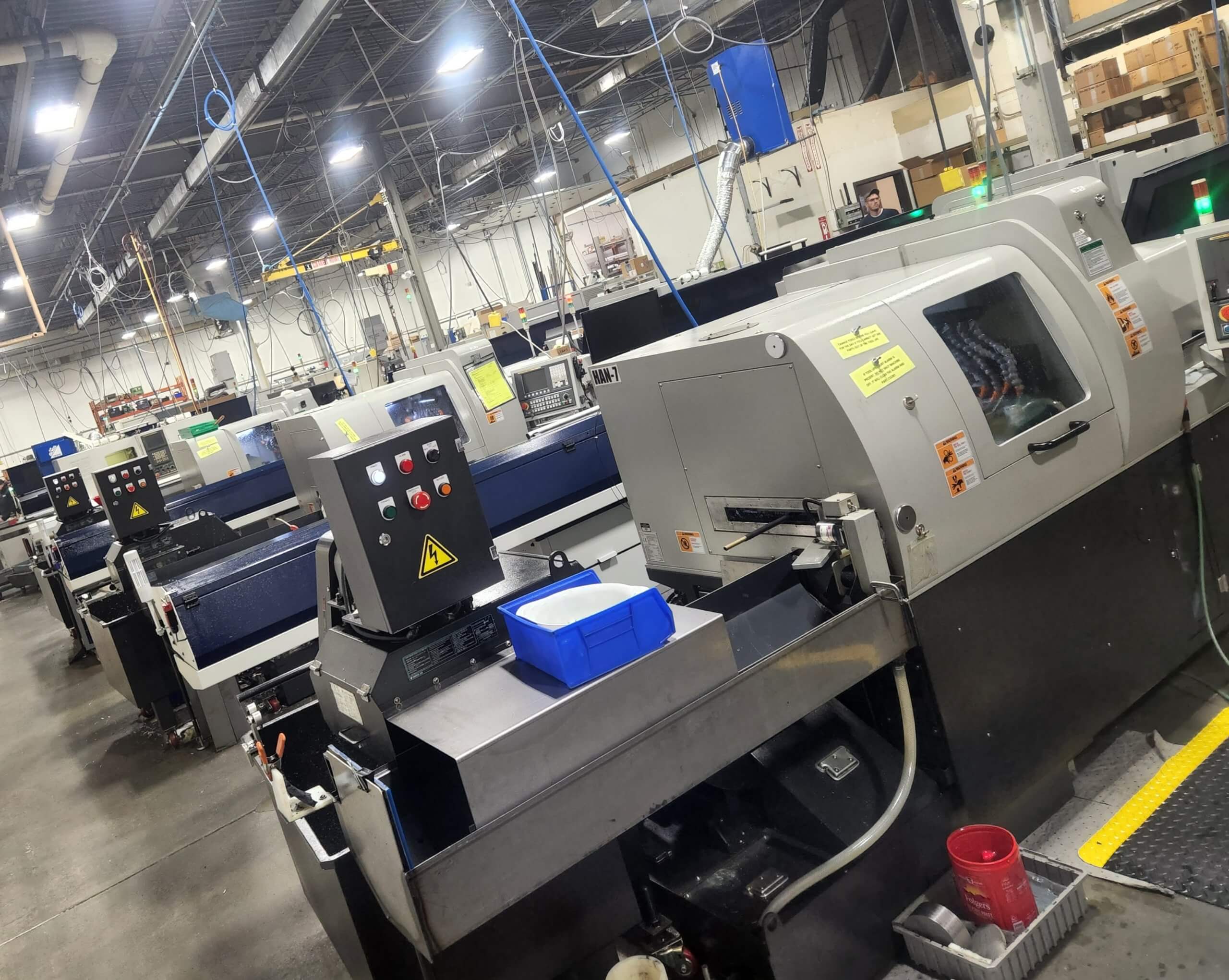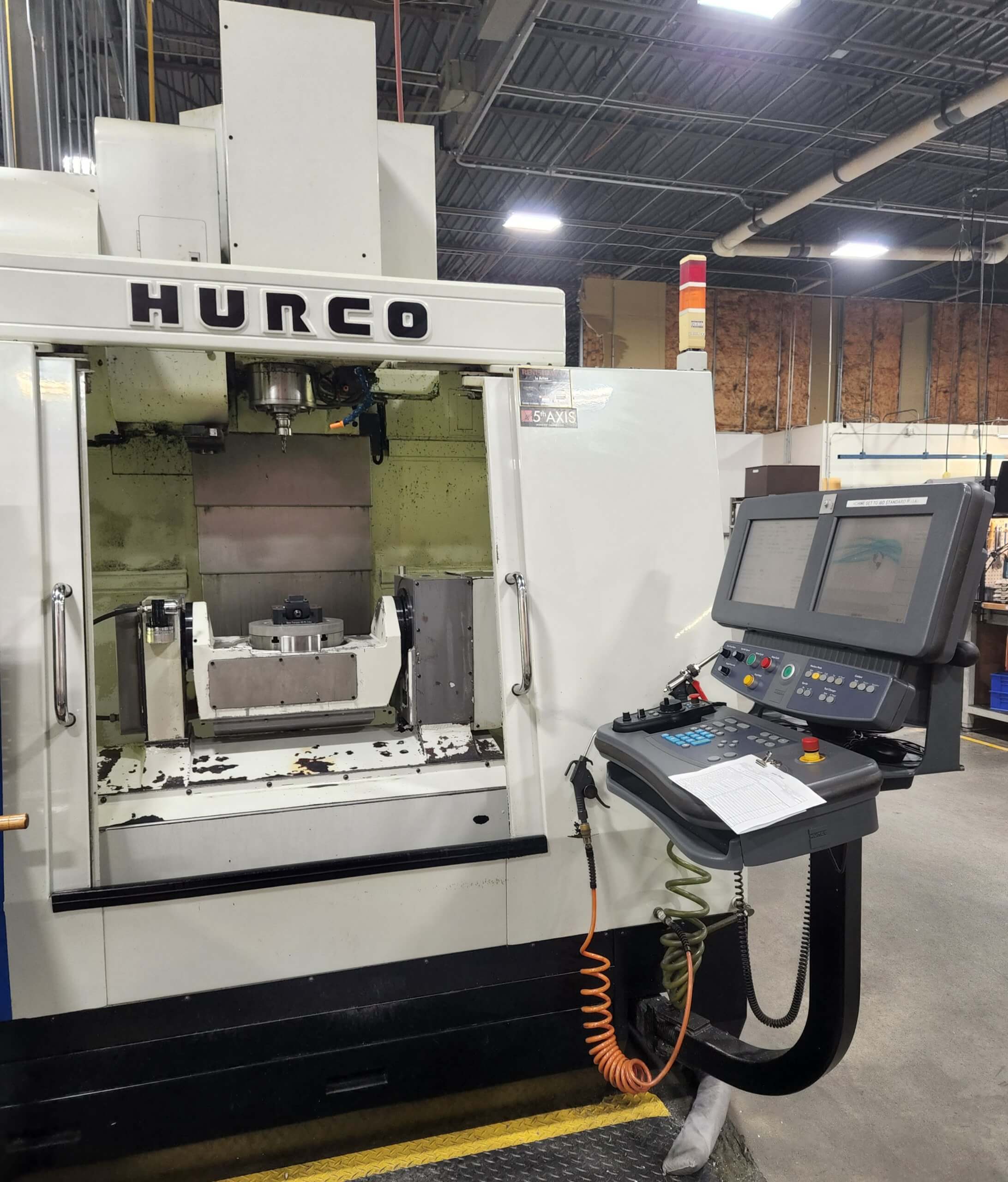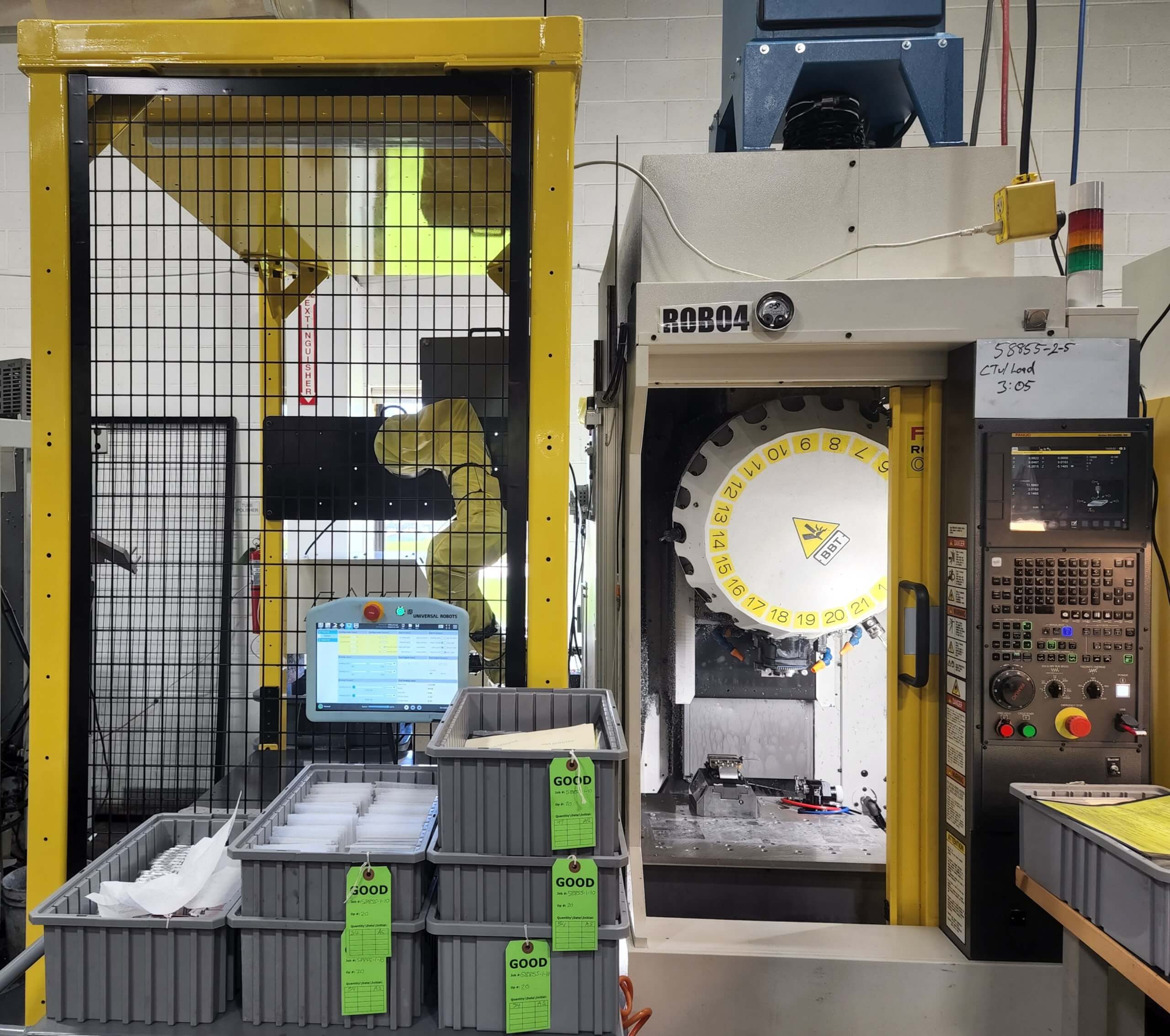
How to Make the Most of New Equipment Purchases
How do you decide to buy new equipment for your precision machine shop?
If you’re an equipment enthusiast like I am, you might be tempted to buy the latest, coolest machines on the market, but those aren’t always the best choices for your business.
Equipment is an exceptionally high expense, second only to payroll. As business owners, we must experiment with new technologies that can help us advance in the market while being methodical and intentional about equipment purchases.
Pre-Purchasing Tips
Balancing excitement about new technology with the need to make carefully calculated business decisions is critical when buying equipment. Ideally, you have both a “new machines” person and a purchase process in place.
A “new machines” person: Someone on your staff should keep their finger on the pulse of the latest machining technology and continually drive your shop toward investing in innovative equipment.
At Wagner Machine, that’s me. I love following manufacturing trends and discovering new and fascinating equipment. I also ask my team for their opinions. We have many people who enjoy exploring new technologies, and I’m grateful that they share their findings with me.
If you don’t yet have a person or group to fulfill that role, you might need to assign the task to someone on your team or add it to the ideal profile of your next senior hire.
A purchase process: A multi-step purchase process ensures that new equipment purchases are practical and intentional.
Few successful businesses are built on impulsivity. I seek buy-in from my leadership team to feel confident that our company is making reasonable investments in alignment with our business goals.
3 Steps to Buying New Manufacturing Equipment
Taking these three steps before buying new equipment has worked well for our business:
1. Establish the need
To justify the purchase of new equipment, you must establish the need for it. Make a case for this machine—what will it do for your company? We look at multiple factors and see how many boxes a new piece of equipment can check:
- Does it provide a new or unique capability with a higher profit margin?
- Will it yield greater efficiency?
- Can it help increase capacity?
- Will it replace aging or outdated equipment?
- Can it help target a new industry or customer base?


New Swiss style lathes are 50% faster than the old lathes they replaced. They have no bells and whistles but can run unattended for long periods of time increasing productivity by more than 150%. The compact size allows for five machines in the space originally occupied by three, and the overall increase in capacity has opened the door to additional small diameter turning work.
Beyond recognizing what purpose the new equipment will serve, we also look at pricing and make sure we can afford the purchase without negatively impacting our bottom line.
Sometimes that means getting comfortable with the notion that what your business needs might not be what the equipment enthusiast in you wants. For example, high-end machines often come with enticing but ultimately unnecessary extras. If you aren’t going to use those extras, why spend your money on them? On the other hand, high precision, highly automated, and highly reliable equipment costs more, and might be exactly what is required for your current and future needs.
2. Define success
Before purchasing a new machine, ask yourself what success looks like for this initiative.
Clarifying goals for new equipment will help you create a plan to utilize it efficiently and ultimately determine if your investment was worthwhile. For example, if your goal is increased capacity, aim to achieve a specific capacity level within a defined timeframe. Think about how you’re going to measure the return on your investment. Sometimes you get it wrong, and it is important to learn from that and refine your evaluation process.

New high-speed, compact, and automated 5-axis machining cells are more than twice as productive as our original 5-axis mills, enabling higher volume production of small complex machined parts without adding a second shift.
3. Create an implementation plan
The next step is to create an implementation plan—once the machine is on the shop floor, what will happen? This detailed planning process should reaffirm your equipment decision. If you see a bunch of red flags at this step, it might help save you from a costly mistake.
Equipment in our industry comes with too high a price tag to leave it sitting, unused, on the shop floor. Ideally, you’ll want to install new equipment and start using it immediately. Consider these factors:
- Demand. One of the toughest decisions to make is whether to add a completely new capability. It is important to understand market pricing and demand for any new process to ensure it will be profitably booked to capacity within a predefined time frame.
- Training. What is your training plan? Will new equipment require additional training? Will your team be trained on-site, or will they need to attend an off-site training program? Who will conduct the training, and can it be done before the machine hits your floor? We have even sent employees to training before purchasing equipment to make sure we know everything about the process before getting locked into a deal.
- Staffing. Do you have enough people to operate the new machines without pulling them off of other projects and jeopardizing existing production? Automation is great, but you still need programming, setup, operator, inspection, and preventative maintenance capacity. A single automated machine can have huge implications for your quality or maintenance departments.
Many new machines are debuting on the market, and it’s easy to get excited (or overwhelmed!) when faced with such an abundance of choices.
Find your “new machines” person, or embrace that role yourself. Then establish a purchasing process and start exploring what a new piece of equipment could really do for your business.
—
Learn how to drive revenue at your shop today using “offensive” and “defensive” pricing strategies in our Job Shop Pricing Playbook.
—
Kurt Wagner is the second-generation owner of Wagner Machine, an ISO 9001:2015 and AS9100D certified and ITAR registered precision CNC machine shop in Champaign, Illinois. From ownership to the shop floor, the Wagner team consists of highly skilled machinists who are excited to make parts that many shops consider impossible.

